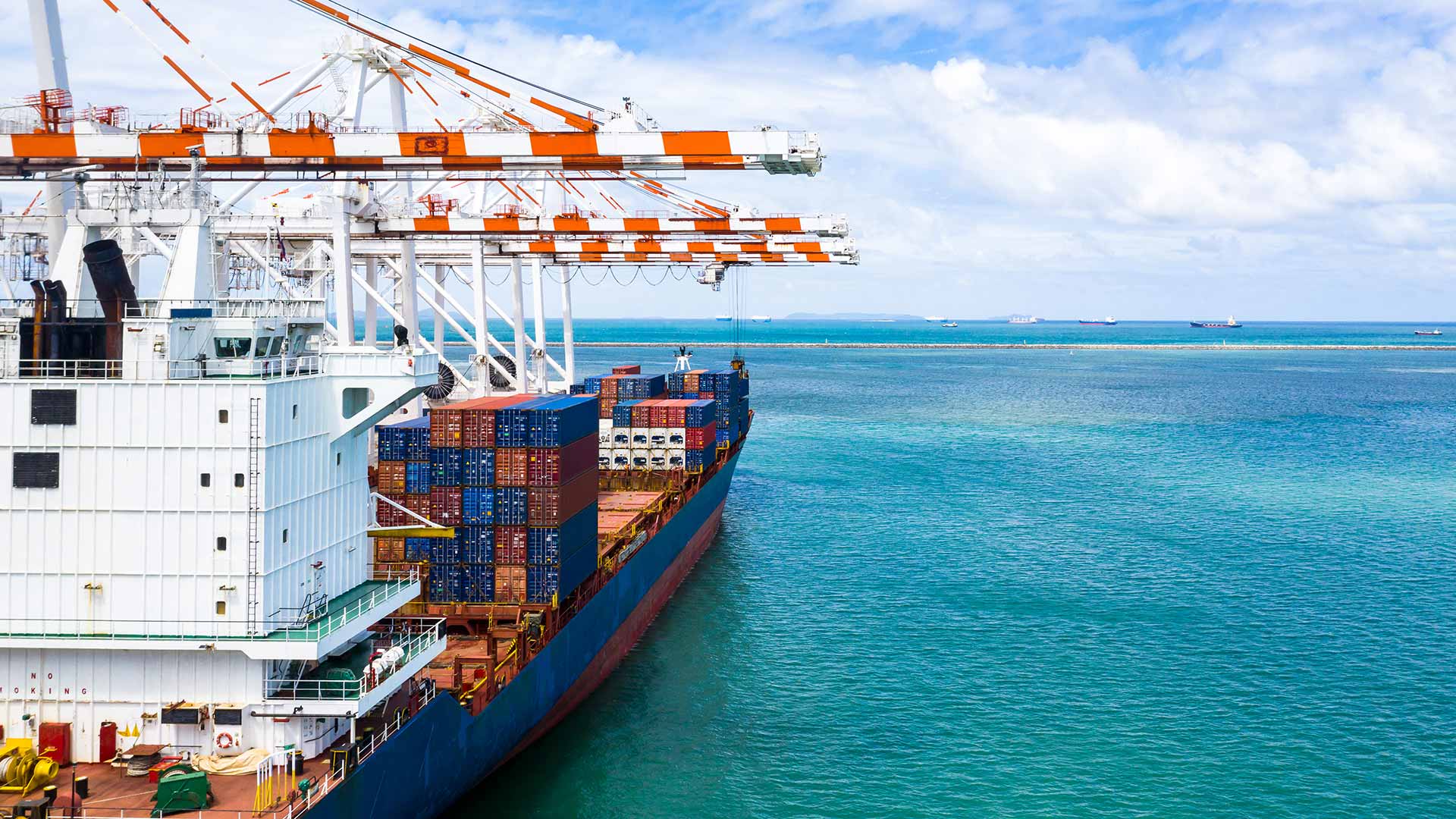As US-China trade talks resume – the first time under the Biden presidency – the latest figures show that China has fallen short on targets that were agreed in the ‘phase one’ deal of the Trump administration.

It went into effect on Valentine’s Day last year, but it was hardly a love fest. The ‘phase one’ trade deal between China and the United States was a commitment made from a less than harmonious relationship. And although some tariffs were reduced, and targets for the trade deficit were set, it appears that there are plenty of rocky times ahead for the two nations.
The first trade talks under the Biden presidency were held last week, and the virtual meeting between Katherine Tai, the US trade representative, and her counterpart Liu He, the Chinese vice premier was reported as being “candid” and “pragmatic”. The finer details of the discussions were not disclosed. Instead, bland statements were issued that emphasised how both sides view bilateral trade as important, various issues were raised, and both sides are committed to continuing the discussions.
There were, however, news reports that the US side, led by trade negotiator Tai, was investigating whether China has met the targets that were laid out in the phase one deal.
According to the latest figures from the Peterson Institute of International Economics (PIIE), it appears China has fallen short of its import targets. As well as commitments to cut some tariffs, China had pledged to increase its imports from the United States by an additional US$200bn over two years, which were set over a baseline from 2017. PIIE has been tracking China’s US imports on a monthly basis since then. The figures project two scenarios based on whether it is Chinese or US data that is being used. China’s customs data are used to estimate imports, and US Census bureau data are used for the figure for US exports. Regardless of whether the Chinese or the US data is used, the figures from April 2021 – which were released last week – show that China has not met its targets so far this year.
China was also short on its commitment for imports for last year. For 2020, China said it would buy an additional US$63.9bn of goods by the end of the year. According to PIIE estimates, this meant the total amount China needed to import would have been US$173.1bn – according to estimates based on the Chinese customs data. However, China’s total imports for 2020 were US$99.9bn, which is only 58% of the target of the trade deal. And if the US data is used, China was expected to import a total of US$159bn in 2020. But, in reality, only US$94.0bn was imported – 59% of the target.
For 2021, the overall target is an estimated total of US$193.3bn (US data) or US$207.4bn (Chinese data) for the whole year. PIIE has been tracking how the year is unfolding against these overall targets. Up until the end of April 2021, total imports – according to Chinese customs data – were US$47.1bn, against a US$64.5bn target. The US export data also shows a shortfall: US$34.5bn against the year-to-date target of US$57.4bn. This means that so far, for this year, China has bought goods that were covered in the trade deal at only 73% (if using the Chinese data) or 60% (US export data) of the targets in the phase one deal.
While the figures may be disappointing to those investigating from the US side, the shortfall could easily be blamed on the impact of the global pandemic. And while PIIE’s view is that the policy of aiming to reduce the bilateral trade deficit should be scrapped, it believes there are elements of the phase one deal that are worth keeping, such as China’s commitments on food safety, foreign investment and intellectual property violations.